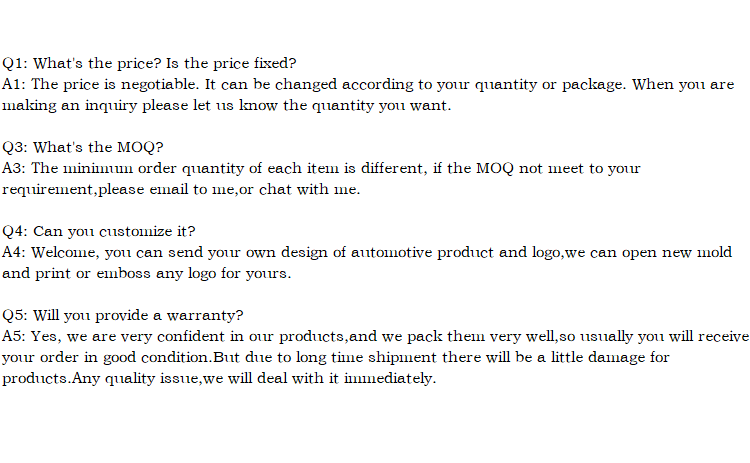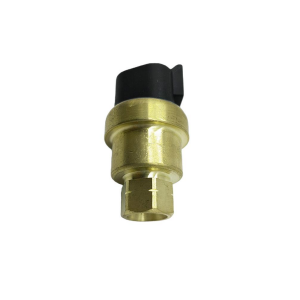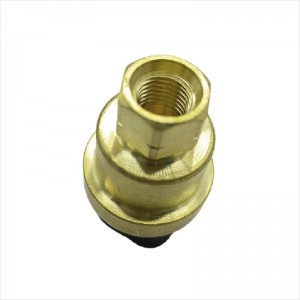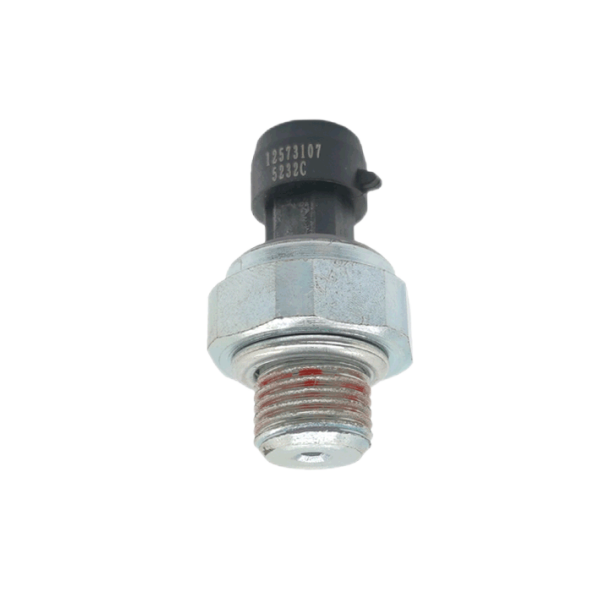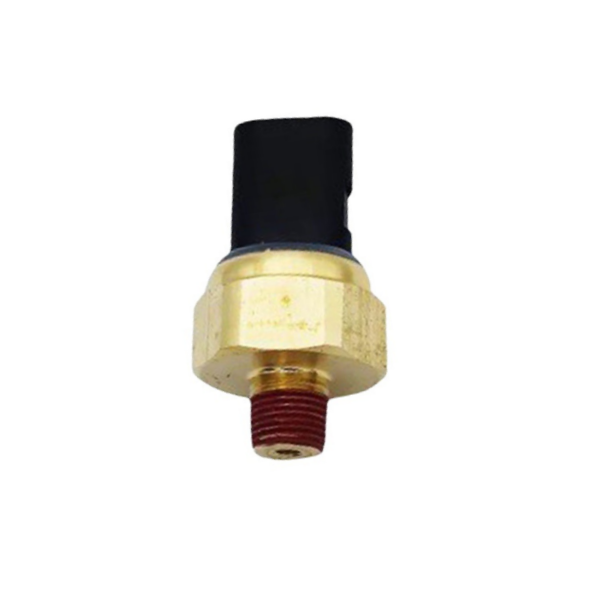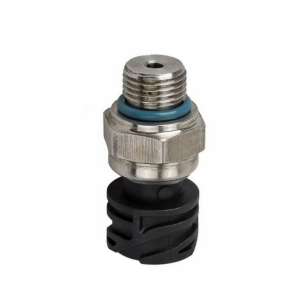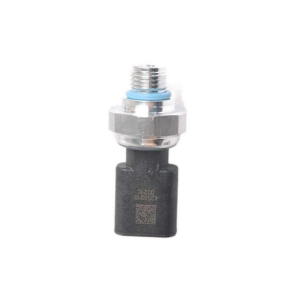Oil pressure sensor 161-1705-07 for cat excavator E330C
Product introduction
principle of operation
Sensor designed on the principle of metal expansion
temperature sensor
temperature sensor
The metal will produce a corresponding extension after the environmental temperature changes, so the sensor can convert the signal of this reaction in different ways. six
Bimetallic chip sensor
Bimetallic sheet consists of two pieces of metal with different expansion coefficients stuck together. With the change of temperature, the expansion degree of material A is higher than that of another metal, which causes the metal sheet to bend. The curvature of the bend can be converted into an output signal.
Bimetal rod and metal tube sensor
With the increase of temperature, the length of metal tube (material A) increases, but the length of unexpanded steel rod (metal B) does not, so the linear expansion of metal tube can be transmitted due to the change of position. In turn, this linear expansion can be converted into an output signal.
Sensor for deformation curve design of liquid and gas
When the temperature changes, the volume of liquid and gas will also change accordingly.
Various types of structures can convert this expansion change into position change, thus producing position change output (potentiometer, induced deviation, baffle, etc.).
Resistance sensing
With the change of temperature, the resistance value of metal also changes.
For different metals, the change of resistance value is different every time the temperature changes by one degree, and the resistance value can be directly used as the output signal.
There are two types of resistance changes.
Positive temperature coefficient
Temperature rise = resistance increase
Temperature decrease = resistance decrease.
negative temperature coefficient
Temperature increases = resistance decreases.
Temperature decreases = resistance increases.
Thermocouple sensing
A thermocouple consists of two metal wires of different materials, which are welded together at the ends. By measuring the ambient temperature of the unheated part, the temperature of the heating point can be accurately known. Because it must have two conductors of different materials, it is called a thermocouple. Thermocouples made of different materials are used in different temperature ranges, and their sensitivity is also different. The sensitivity of thermocouple refers to the change of output potential difference when the heating point temperature changes by 1℃. For most thermocouples supported by metal materials, this value is about 5 ~ 40 microvolts/℃.
Because the sensitivity of thermocouple temperature sensor has nothing to do with the thickness of material, it can also be made of very fine material. Also, due to the good ductility of the metal material used to make the thermocouple, this tiny temperature measuring element has a very high response speed and can measure the process of rapid change.
Product picture


Company details







Company advantage
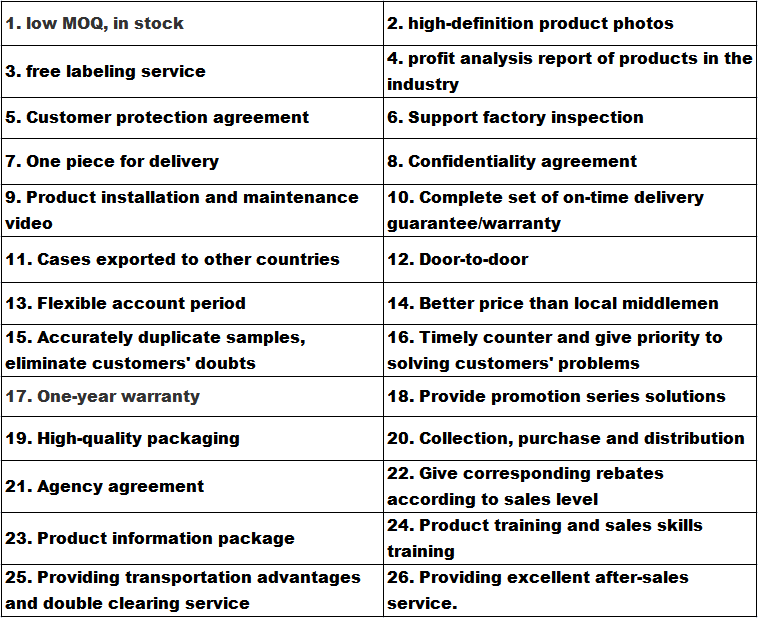
Transportation

FAQ
